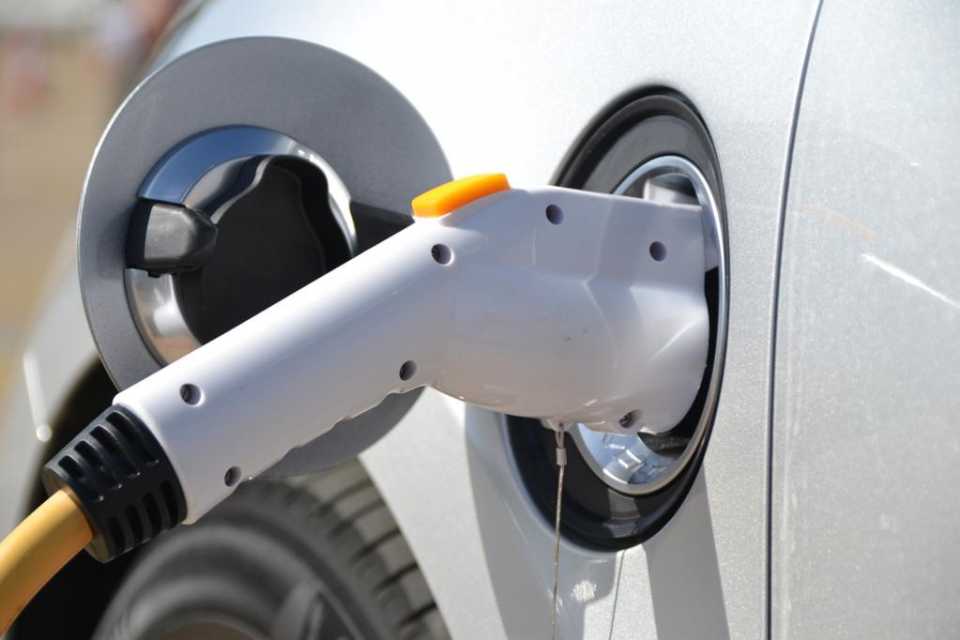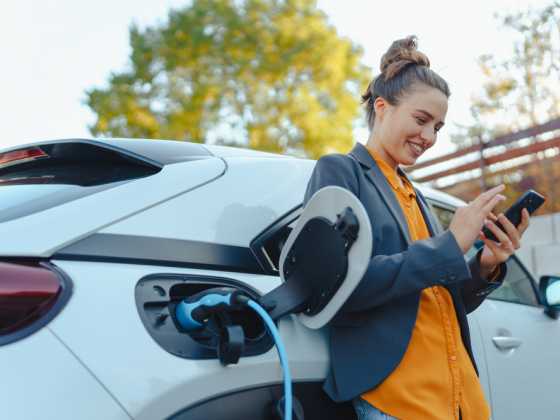Smart charging tech could save households up to £300 a year

A research project looking into the value of ‘vehicle-to-grid’ (V2G) technology has found electric vehicle drivers could save up to £300 a year by storing and sharing electricity in their car’s battery.
The HAVEN project (Home as a Virtual Energy Network) was a collaboration between The University of Salford, Good Energy, Upside Energy and Honda Motor Europe. The research took place at Salford’s Energy House — a complete two-storey Victorian terraced house set within an environmental chamber. Researchers were able to control the weather settings within the facility; making it rain, snow, or shine and vary temperatures between -10C to 30C.
Creating different real-world conditions meant the technology could be tested to see what worked best: at times generating power from solar panels, storing it overnight in an electric vehicle, or exporting the excess to the National Grid. The EV can also be used to balance how the other systems worked, allowing the house to sometimes reduce the amount of energy it imports from the grid.
The researchers found that the average home could stand to save up to £300 a year by shifting when power is saved or used. But V2G currently has a number of blockers to reaching its potential. Outlay costs are currently high, with policy incentives required to help bring prices down and enable more households to participate.
The need for scale is also key to making V2G work – batteries in electric vehicles could help absorb excess power and reduce stress on the network. But this is only efficient in the UK’s current grid system when a significant number of EVs are connected with a localised area. Enabling larger scale localised connections, such as in car parks with several connected cars, could be an initial route to efficiently sharing power with the National Grid in times of need.
The report concluded that government has a clear role to support V2G units and make the leap from prototype to a reality. The right level of investment and support could allow the technology to play a major role in the transition to net-zero emissions.
The project provides an insight into how our homes can become mini power stations; using modern technology to become energy independent and support a stable, clean energy grid. This different way of imagining how a home uses energy; from a passive consumer to active generator, is key to low-carbon, localised future.
Juliet Davenport, CEO and Founder, Good Energy said: “We must take a distributive ‘whole systems’ approach to tackling the climate emergency. That is why vehicle to grid is so exciting — it is the missing link between electrification of transport and decarbonisation of our grid and our homes. V2G is where solar power was 10 years ago – the technology exists but it requires innovation, investment and joined up thinking. With the right policy support it could become another clean technology British success story.”
Devrim Celal, CEO of Upside Energy said: “The intelligent application of technology has the power to ensure that large scale adoption of V2G is achievable. This project has enabled us to see a clear pathway to a future where this combination of technology, combined with a joined-up strategy applied on a national scale, could have a major impact on the UK’s net zero ambitions”.



